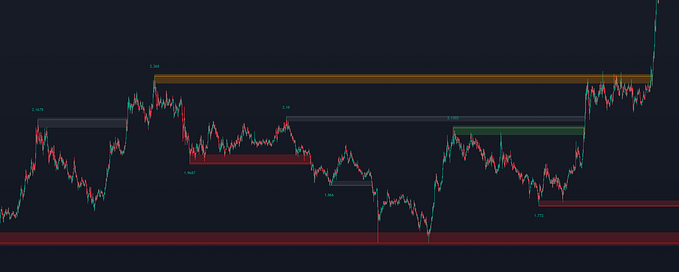What is Limited Supply and What are Its Advantages?

In quantitative easing, a form of monetary policy, national central banks increase the country’s nominal money supply. This issuing of cash, putting more money into circulation, increases inflation and devalues the currency.
Assets that, unlike cash, have a fixed total supply are not succeptable to inflation.
One of the reasons Bitcoin is nicknamed digital gold is because both Total supply are limited.
However, although gold is a limited resource, we have no clear idea of what percentage of the total supply has been mined, processed, and circulated in the market. The remaining reserve amount is a mystery.
On the other hand, we know exactly how much Bitcoin can be produced and have a good idea of how much can be produced per year. A total of 21 million Bitcoins can be mined, which will be reached by 2140. At the time of writing, 18.7 million Bitcoin is in circulation.
You can find a more comparison of gold and Bitcoin in our article here;
https://btcturk.medium.com/gold-and-bitcoin-7a2f589ed322
The Genesis Block was the first block of the Bitcoin blockchain. 50 Bitcoins were generated as the block’s reward. Bitcoin block rewards are new Bitcoin that are awarded to cryptocurrency miners for each block they successfully process on the blockchain network. Each block will take roughly 10 minutes to clear.
The reward halving occurs every 210,000 blocks, which is approximately every four years. The original block reward decreased to 25 BTC on 28 November 2012, to 12.5 BTC on 9 July 2016, to 6.25 BTC with the most recent halving on 11 May 2020.
The halving mechanism was designed by Satoshi Nakamoto to offset inflation, reducing the amount of Bitcoin produced.
Because the Bitcoin network is decentralised, the halving takes place independently of individuals and organisations. There is no need for negotiations, a national government, or a decision from a central authority.
Find out what decentralisation means and why it’s important in our article here.
Cryptocurrencies with an unlimited total supply
Cryptocurrencies with unlimited supplies, set the rules for their own protocols in the same way central banks do for fiat currencies. The most well-known cryptocurrencies with an unlimited total supply are Ethereum, EOS and Dogecoin. Although the total supply of Ethereum is strictly unlimited, its inflation technically decreases every year because of annual issuance limits.
For example, if the current Ethereum supply is 100 million and the annual issuance limit is 18 million, annual inflation will be 18%.
Later on, when the supply eventually reaches 200 million, annual inflation will be reduced to 9%. This is because the annual issuance limit of 18 million has not changed but the amount in circulation has increased.






